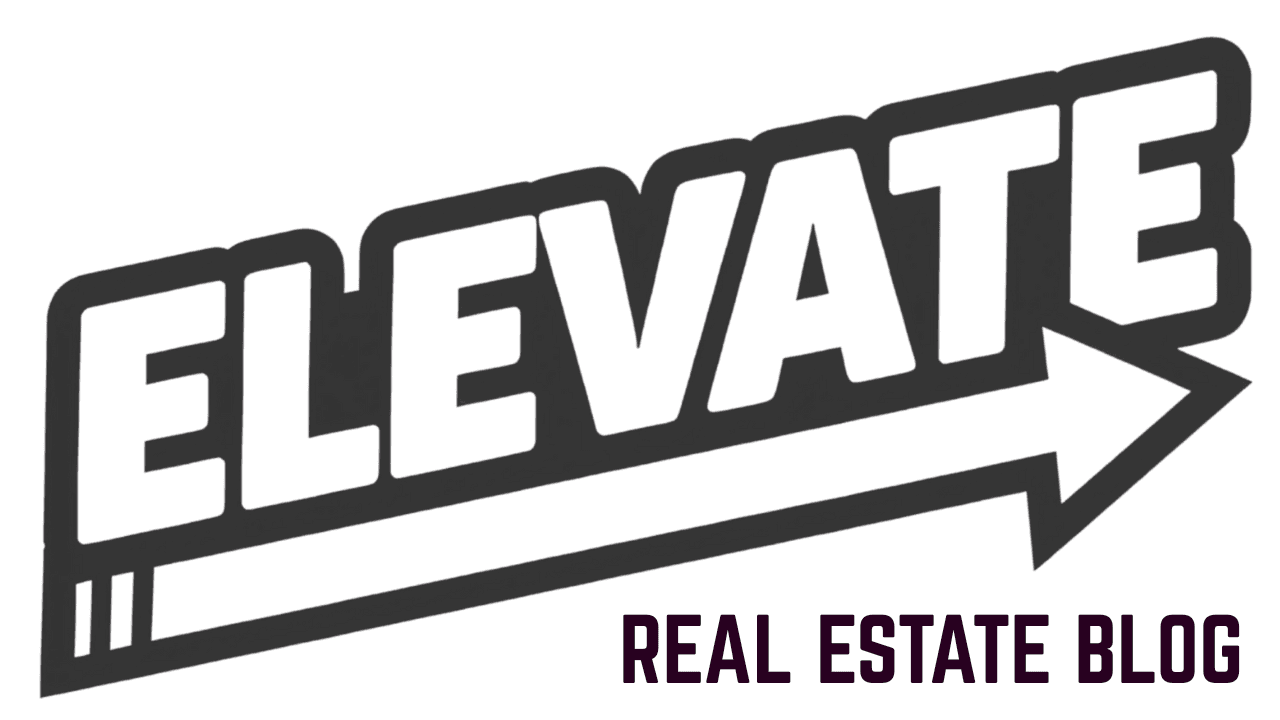Your CRM system can make or break your real estate business. A disorganized database leads to missed opportunities, frustrated clients, and lost deals. A well-structured CRM transforms your operation into a lead-generating machine.
The difference between top-performing agents and average ones often comes down to systems. Your CRM is the foundation of those systems.
Start With Clean Data Architecture
Your CRM is only as good as the data you put into it. Begin by establishing data entry standards across your team. Create mandatory fields for essential information: contact details, lead source, property preferences, and communication preferences.
Import existing contact lists carefully. Remove duplicates before uploading. Standardize phone number formats, email addresses, and property types. Set up validation rules to prevent bad data from entering your system.
Establish naming conventions for everything. Properties should follow a consistent format: "123 Main St, City, State ZIP." Contacts need standardized titles and company names. This consistency makes searching and reporting accurate.

Configure Custom Fields That Matter
Default CRM fields rarely match real estate workflows. Add custom fields that track information specific to your market and process.
Essential custom fields include:
- Property type preferences (single-family, condo, townhome)
- Price range (minimum and maximum)
- Geographic preferences (specific neighborhoods or school districts)
- Timeline (immediate, 3-6 months, 12+ months)
- Financing status (pre-approved, needs financing, cash buyer)
- Current housing situation (renting, selling current home, first-time buyer)
Create dropdown menus instead of open text fields when possible. This maintains data consistency and enables better reporting.
Build Contact Segments That Drive Action
Segmentation transforms your contact list from a random collection into targeted groups. Create segments based on lead quality, transaction stage, and engagement level.
Lead quality segments:
- Hot leads (ready to buy/sell within 30 days)
- Warm leads (actively looking, 3-6 month timeline)
- Cold leads (future consideration, 12+ months)
- Past clients (closed transactions, referral sources)
Transaction stage segments:
- New inquiries
- Active buyers/sellers
- Under contract
- Closed deals
- Lost opportunities
Engagement segments track how contacts interact with your marketing. High-engagement contacts receive different messaging than those who rarely open emails.

Automate Repetitive Tasks
Task automation eliminates manual work and ensures consistent follow-up. Set up automated workflows for common scenarios.
New lead workflow:
- Send welcome email immediately
- Schedule follow-up call within 24 hours
- Add to appropriate email drip campaign
- Create task for agent to research lead's needs
- Set reminder for 7-day follow-up if no response
Listing workflow:
- Create property record with photos and details
- Generate marketing materials automatically
- Schedule social media posts
- Send listing alerts to matching buyers
- Set up showing coordination system
Transaction workflow:
- Create transaction checklist with deadlines
- Schedule key milestone reminders
- Generate required documents
- Send progress updates to all parties
- Create closing coordination tasks
Modern systems like Pulse Intelligence can analyze your lead behavior patterns and suggest optimal timing for automated follow-ups, increasing your conversion rates without additional manual effort.
Track All Communications
Every interaction belongs in your CRM. Phone calls, emails, text messages, property showings, and casual conversations all provide valuable data.
Enable email integration so all sent and received messages automatically sync to contact records. This creates a complete communication history without manual entry.
Set up call logging workflows. Whether using built-in calling features or third-party integration, ensure call outcomes and notes get recorded immediately.
Text message tracking is often overlooked but critical. Many clients prefer texting, and these conversations contain important information about preferences and objections.

Create Efficient Lead Distribution
Team environments need clear lead routing rules. Automated distribution based on geography, lead source, or agent availability prevents leads from falling through cracks.
Round-robin distribution ensures fair lead allocation. Geographic routing assigns leads to specialists in specific areas. Lead scoring systems can route high-quality leads to top performers.
Set response time requirements and escalation rules. If the assigned agent doesn't contact a lead within the specified timeframe, the system reassigns it to another agent or team leader.
Integrate Essential Tools
Your CRM should connect with other systems you use daily. Integration eliminates double data entry and keeps information synchronized.
Essential integrations include:
- Email marketing platforms for automated campaigns
- Transaction management systems for deal tracking
- MLS for property information
- Lead generation websites and landing pages
- Social media accounts for lead capture
- Calendar systems for appointment scheduling
API connections ensure data flows seamlessly between systems. When a lead fills out a website form, it should automatically create a CRM record, add the contact to appropriate segments, and trigger follow-up workflows.
Monitor Performance Metrics
Data without analysis provides no value. Set up dashboards and reports to track key performance indicators.
Lead metrics:
- New leads per month
- Lead source performance
- Response time to new inquiries
- Lead-to-appointment conversion rate
- Appointment-to-client conversion rate
Activity metrics:
- Calls made per agent
- Emails sent and opened
- Follow-up completion rates
- Task completion timeliness
- Pipeline movement velocity
Revenue metrics:
- Average transaction value
- Deals closed per quarter
- Commission per lead source
- Client lifetime value
- Cost per acquisition by channel
Review metrics weekly. Look for trends and bottlenecks. If leads from certain sources convert poorly, adjust your marketing spend. If agents struggle with follow-up consistency, provide additional training or system improvements.

Maintain Data Quality
CRM organization requires ongoing maintenance. Schedule regular data cleanup sessions to remove outdated information and merge duplicate records.
Monthly cleanup tasks:
- Review and merge duplicate contacts
- Update outdated contact information
- Archive old leads that won't convert
- Verify email addresses and phone numbers
- Update property status and availability
Quarterly reviews should include:
- Analyzing segment performance and adjusting criteria
- Reviewing custom field usage and relevance
- Updating automation workflows based on performance data
- Training team members on new features or processes
- Auditing data entry compliance across the team
Train Your Team Consistently
The best CRM system fails without proper adoption. Invest in comprehensive training that goes beyond basic feature explanation.
Create standard operating procedures for:
- New lead intake and qualification
- Contact information updates
- Communication logging requirements
- Task management and follow-up
- Reporting and analytics review
Provide role-specific training. Administrative staff need different skills than agents. New team members require more detailed training than experienced users adapting to system changes.
Schedule regular refresher sessions. Software updates and changing business needs require ongoing education.
Scale Your System Strategically
Plan for growth from the beginning. Choose systems that can handle increased volume and additional team members.
Consider advanced features like:
- AI-powered lead scoring
- Predictive analytics for market timing
- Advanced reporting and business intelligence
- Mobile apps for field productivity
- Voice integration for hands-free data entry
Systems like Pulse Intelligence provide advanced analytics that help identify which leads are most likely to convert, allowing you to focus your time on the highest-value opportunities.
Implementation Timeline
Week 1-2: Data cleanup and import
Week 3-4: Custom field configuration and segmentation setup
Week 5-6: Automation workflow creation and testing
Week 7-8: Integration setup and team training
Week 9-12: Performance monitoring and system optimization
A properly organized CRM becomes your competitive advantage. It ensures no opportunities slip through cracks, maintains consistent client communication, and provides the data needed to make informed business decisions.
Start with one section at a time. Perfect your data architecture before moving to automation. Master basic functionality before implementing advanced features.
Your organized CRM system will become the engine that drives predictable growth and scalable success in your real estate business.





